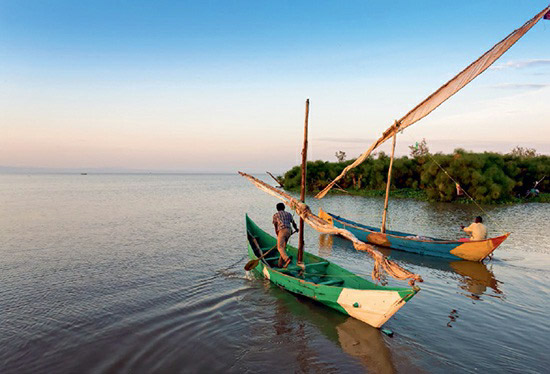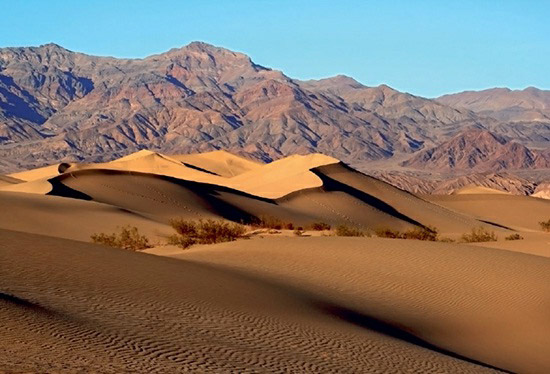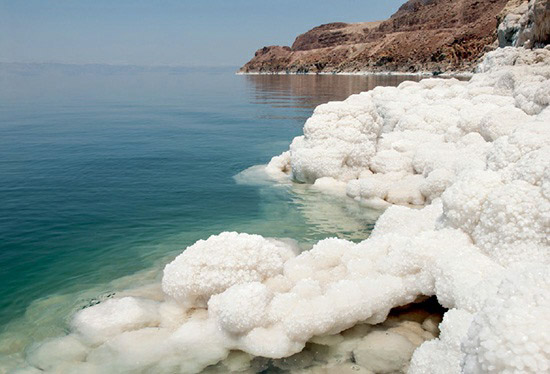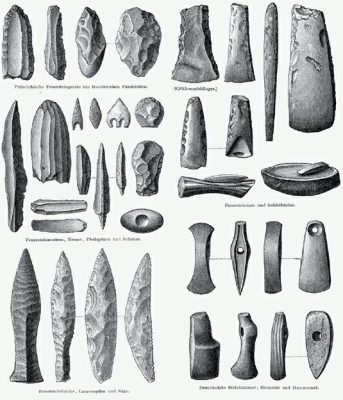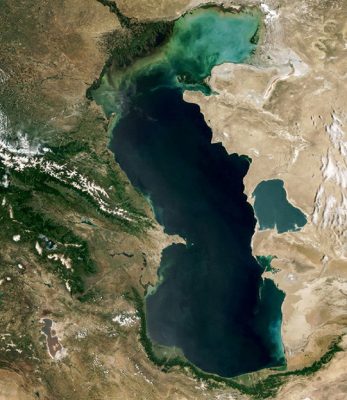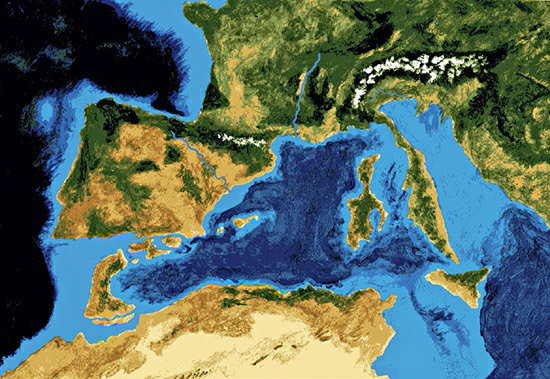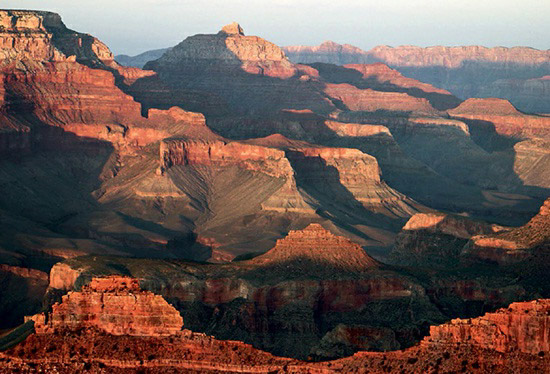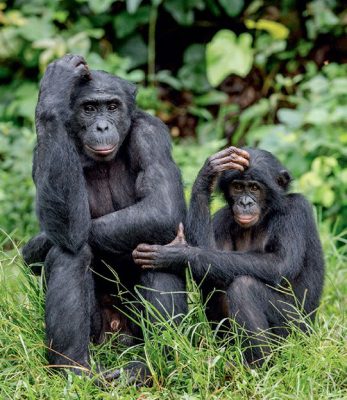c. 400,000 BCE: Lake Victoria – The Making of Africa’s Largest Freshwater Lake
Lake Victoria, formed in an East African rift valley, is the largest tropical and the second-largest freshwater lake globally. Created by rifting processes, it has experienced cycles of drying and refilling, now hosting a diverse [...]
c. 2 Million BCE: Death Valley – A Geological Marvel and Extreme Environment
Death Valley, formed by tectonic forces in the Basin and Range region, is North America's lowest point and one of the driest and hottest places globally, known for its unique landscape of eroding sediments and [...]
c. 3 Million BCE: The Dead Sea – Earth’s Lowest and Saltiest Lake
The Dead Sea, situated in a rift valley created by plate interactions, is the lowest elevation lake on Earth. Hypersaline and with a history shaped by cycles of uplift and subsidence, it has minimal biodiversity [...]
c. 3.4 Million BCE to 3300 BCE: The Stone Age – A Pivotal Era in Human Prehistory
The Stone Age, beginning about 3.4 million years ago, represents the earliest phase of human technological and societal development, characterized by the use of stone, bone, and natural materials in tool-making, predominantly in savanna environments
c. 5 Million BCE: The Galápagos Islands – A Hotspot of Biodiversity and Geology
The Galápagos Islands, formed by the Galápagos hotspot, are a unique geological and ecological region. Their location near divergent plate boundaries has led to significant volcanic activity, creating an isolated environment that influenced Charles Darwin's [...]
c. 5.5 Million BCE: The Caspian and Black Seas – Remnants of Ancient Geography
The Caspian and Black Seas, formed from the closure of the Tethys Sea due to the collision of the African and Eurasian plates, are the largest inland lakes with unique characteristics, including salinity and anoxic [...]
c. 6.5 Million BCE: The Evolution of the Mediterranean Sea
The Mediterranean Sea formed from the closure of the Tethys Sea due to the collision of the African and Eurasian plates. This process led to significant volcanic activity and mountain building, followed by a drying [...]
c. 6.5 Million BCE: The Grand Canyon – A Geological Masterpiece
The Grand Canyon, one of Earth’s most remarkable geological formations, showcases the powerful erosive force of liquid water over time. It is a prime example of how rivers and streams can shape even the toughest [...]
c. 7 Million BCE: The Sahara Desert – Earth’s Largest Hot Desert
The Sahara, Earth's largest non-polar desert, is characterized by extreme temperatures and low rainfall, formed due to the shifting of continental plates and the closing of the Tethys Sea, resulting in a landscape predominantly shaped [...]
c. 10 Million BCE: The Evolutionary Journey of Hominids
Hominids, encompassing great apes and humans, trace their origins back to about 10 million years ago. Adaptations to changing environments during the Miocene led to diverse lifestyles. Genetic evidence suggests the divergence of orangutans, gorillas, [...]

